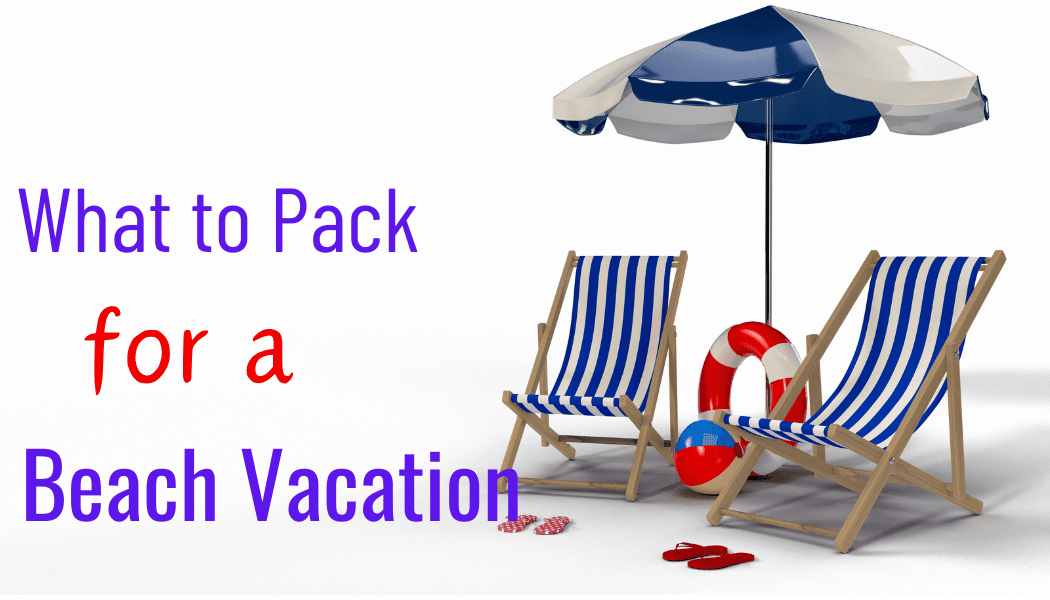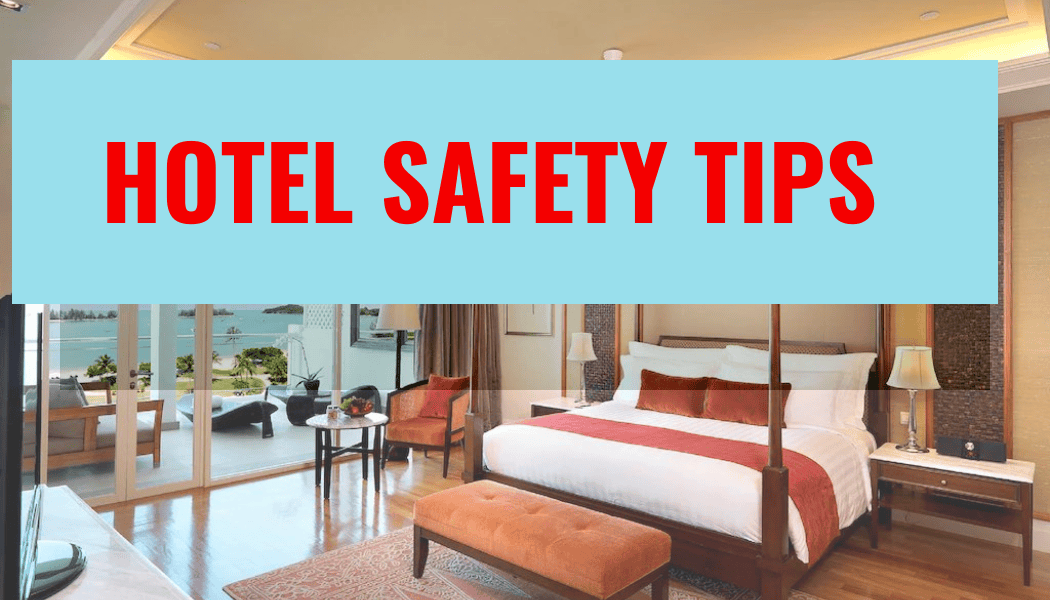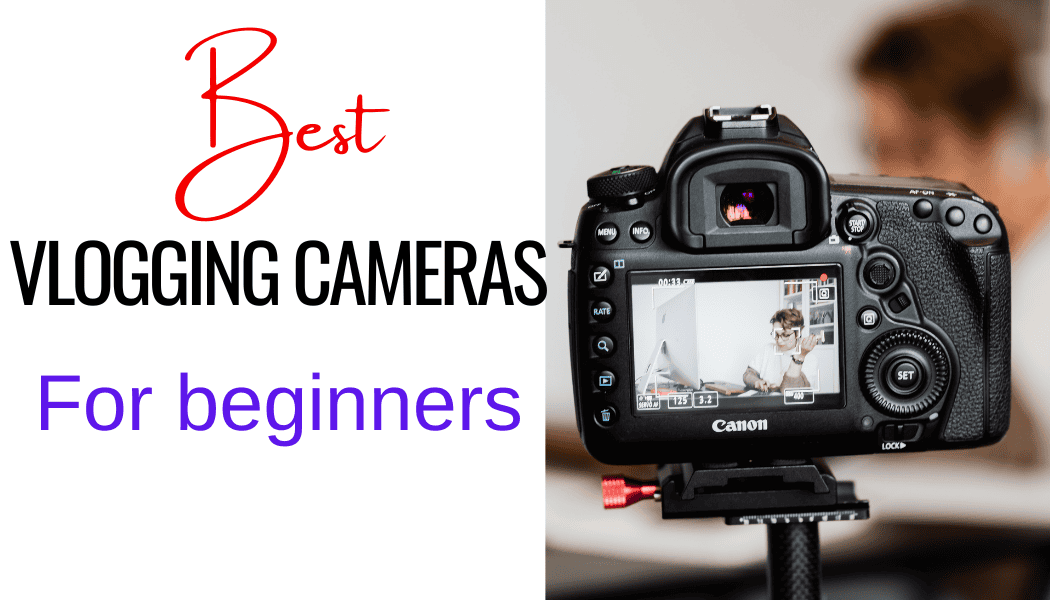Planning to visit South Africa and Victoria Falls? Timing is everything. The dry season from May to October offers the best experience for your adventure.
You’ll find ideal conditions during these months with clear skies, mild temperatures, and exceptional wildlife viewing opportunities across South Africa’s game reserves.
Animals gather around water sources, making them easier to spot while vegetation thins out.
For Victoria Falls, June to August provides the perfect balance.
The water flow is moderate enough to appreciate the falls’ grandeur while allowing you to enjoy activities like swimming in Devil’s Pool or white-water rafting which become impossible during the high-water months of February to May.
Overview of South Africa and Victoria Falls
South Africa is a diverse country at the southern tip of the African Continent. It features stunning landscapes, vibrant cities, and remarkable wildlife.
The country boasts incredible natural beauty from the Cape Winelands to Kruger National Park.
Victoria Falls or Vic Falls is one of the world’s most spectacular waterfalls, situated on the mighty Zambezi River between Zimbabwe and Zambia in Southern Africa.
This magnificent natural wonder spans nearly 1.7 kilometers wide, making it the largest curtain of falling water on Earth.
The falls are known locally as “Mosi-oa-Tunya,” meaning “The Smoke That Thunders.”
This name comes from the massive spray and thunderous roar which can be seen and heard from miles away.
When visiting Victoria Falls, you can view this natural wonder from either Zimbabwe or the Zambian side of Victoria Falls.
Both countries offer different perspectives and experiences.
Key attractions in South Africa include:
- Table Mountain in Cape Town
- Kruger National Park for safari experiences
- The Garden Route coastal drive
- Johannesburg’s historical sites
Victoria Falls activities include:
- Walking tours along viewing paths
- White water rafting on the Zambezi River
- Helicopter flights over the falls
- Bungee jumping from Victoria Falls Bridge
Both destinations offer unique experiences for travelers seeking natural beauty, wildlife safari, and adventure in Southern Africa.
Climate Patterns in South Africa and Victoria Falls
South Africa and Victoria Falls experience distinct seasonal variations that significantly impact visitor experiences.
Both destinations have clear wet and dry seasons with temperature fluctuations that can determine the best times of the year for your visit.
Understanding South Africa’s Seasons
South Africa’s seasons are opposite to those in the Northern Hemisphere. Summer runs from December to February with average temperatures between 25°C-35°C (77°F-95°F).
This is also the Rainy Season in many regions, especially the eastern and northern parts.
Winter months (June to August) bring cooler temperatures ranging from 5°C-20°C (41°F-68°F).
The Western Cape experiences winter rainfall, while the rest of the country remains fairly dry.
Spring (September-November) and autumn (March-May) offer pleasant moderate temperatures around 15°C-25°C (59°F-77°F). These shoulder seasons often provide ideal weather for sightseeing.
Coastal areas like Cape Town have milder temperatures year-round compared to inland regions such as Johannesburg, where elevation creates cooler conditions.
Deciphering Victoria Falls’ Wet and Dry Seasons
Victoria Falls has two distinct seasons that dramatically alter its appearance. The Rainy Season (late November to March) brings Torrential Downpours that increase water volume, creating a spectacular full waterfall with spray visible from miles away.
During this wet period, the falls reach maximum flow in March and April. The massive spray can drench you within minutes, and visibility of the actual falls may be limited.
The Dry Season (April to October) sees water levels gradually decrease. By September-October, parts of the falls (particularly on the Zambian side) may nearly dry up.
Temperatures vary significantly across seasons. October is the hottest month with highs around 34°C (93°F), while June and July bring cooler temperatures, with nighttime lows sometimes dropping to 10°C (50°F).
This, in my opinion, is the best time of year, not too hot or too wet.
Best Times for Wildlife Viewing
Wildlife viewing varies throughout the year in southern Africa, with each season offering unique animal encounters and photographic opportunities. Timing your visit strategically enhances your chances of spectacular sightings.
Game Viewing in South Africa
The dry winter months (May to September) provide the best game viewing in South Africa’s national parks and reserves.
During this period, the vegetation thins out and animals gather at water sources in the late afternoon, making them easier to spot.
Kruger National Park is particularly excellent in July and August when wildlife concentrates around rivers and waterholes.
Morning game drives offer prime viewing as predators are often active after night hunts.
The cooler winter temperatures also mean fewer insects and more comfortable safari conditions.
The “green season” (November to March) has advantages too.
While animals may be more difficult to find in lush vegetation after the summer rains, you’ll enjoy newborn animals, dramatic landscapes, and fewer tourists.
Bird-watching peaks during these months with numerous migratory species.
Animal Encounters Near Victoria Falls
The prime wildlife viewing season near Victoria Falls runs from June to October.
This dry period forces animals to congregate along the Zambezi River and at permanent water sources.
Hwange National Park, just south of Victoria Falls, reaches its wildlife viewing peak in September and October.
During these months, you’ll find impressive elephant herds at the park’s waterholes.
The dry conditions make tracking animals easier as they follow predictable patterns.
River safaris along the Zambezi offer excellent hippo and crocodile viewing year-round.
However, water levels affect boat access, with August to October providing the best balance between water levels and wildlife concentration.
Bird enthusiasts should consider the November to April period when migratory birds enhance the already diverse avian population.
You may like
The best wildlife photography camera
Optimal Seasons for Visiting Victoria Falls
Victoria Falls offers dramatically different experiences throughout the year based on water flow.
Your visit timing will determine whether you witness powerful water volumes or have clearer views of the geological formations.
High Water Season
The high water season at Victoria Falls runs from February to July, peaking in April and May. During this period, the Zambezi River swells with rainwater from Angola and Zambia’s wet seasons.
Water volume reaches up to 500 million liters per minute flowing over the falls.
The spray can rise 400 meters into the air and be visible from up to 50 kilometers away!
This is the most impressive time to witness the raw power of what locals call “Mosi-oa-Tunya” or “The Smoke That Thunders.” The noise is deafening and you’ll get soaked on the viewing paths.
Key High Season Benefits:
- The most dramatic and powerful water display
- Ideal for photography of the full curtain of water
- Perfect for rainbow spotting in the massive spray clouds
Remember to bring waterproof protection for yourself and any electronics.
Low Water Season
From August to January, Victoria Falls experiences significantly reduced water flow, with November typically being the lowest point.
Water volume can drop to just 10 million liters per minute.
During this “dry” season, the eastern sections (the Zambian side) may completely dry up, revealing the rocky facade of the falls.
The main western channels (Zimbabwe side) continue flowing year-round.
The reduced spray offers superior visibility of the actual cliff face and geological features.
You can see deeper into the gorge and appreciate the falls’ structure more clearly.
Key Low Season Benefits:
- Better visibility of the falls’ geological formations
- Opportunity to swim in the Devil’s Pool (Zambian side)
- Easier photography without constant water spray
- More favorable conditions for activities like white-water rafting
The low water season also allows access to Livingstone Island and unique viewing perspectives impossible during high flow periods.
Adventure Activities and Their Best Seasons
Both South Africa and Victoria Falls offer thrilling adventures that change with the seasons.
Timing your visit right ensures you’ll experience these activities at their best, with optimal conditions for safety and enjoyment.
Adrenaline Rush at Victoria Falls
The mighty Victoria Falls provides different adventure opportunities throughout the year.
For white-water rafting, visit during low water season (August to December) when rapids reach their most challenging Class V rating.
The famous Devil’s Pool, where you can swim at the edge of the falls, is only accessible during the dry season (September to December) when water levels are lower.
Bungee jumping from the Victoria Falls Bridge is available year-round, but offers clearer views during dry months.
The Flight of Angels helicopter tours provide spectacular aerial views regardless of season, though visibility is better during dry periods.
If you’re seeking the most dramatic views of the falls, visit between February and May when water volume is highest, creating the most impressive spray.
Outdoor Pursuits in South Africa
South Africa’s diverse landscape offers adventures for every season.
Safari experiences peak during dry winter months (May to September) when animals gather at water sources and vegetation is thinner, making wildlife easier to spot.
For whale watching along the coast, plan your visit between June and November when southern right whales migrate to South African waters.
The peak occurs in September and October.
Mountain hiking is best during autumn (March to May) and spring (September to November) when temperatures are moderate.
The Drakensberg mountains are particularly beautiful during these periods.
Shark cage diving is available year-round in Gansbaai and Mossel Bay, with peak great white shark activity between April and October.
Surfing conditions are excellent year-round, with Jeffrey’s Bay offering world-class waves peaking in winter (June to August).
Travel Tips for Health and Comfort
Preparing for your South African adventure requires attention to health precautions and weather considerations.
These practical tips will help you stay comfortable throughout your journey.
Dealing with Mosquitoes
Mosquitoes can be a nuisance in South Africa, particularly in summer months and near water sources like Victoria Falls.
Pack insect repellent containing DEET (at least 30%) for effective protection.
Essential mosquito protection items:
- Long-sleeved shirts and pants (especially for evenings)
- Bed nets if staying in budget accommodations
- Plug-in repellents for your room
Consider taking antimalarial medication if traveling to higher-risk areas like Kruger National Park or during rainy seasons.
Consult your doctor at least 4-6 weeks before departure to discuss appropriate options.
Apply repellent during dawn and dusk hours when mosquitoes are most active. Covering exposed skin reduces your bite risk significantly.
Navigating Seasonal Weather Conditions
South Africa experiences distinct seasons that affect your comfort while traveling. Pack layers regardless of when you visit, as temperatures can fluctuate throughout the day.
What to pack by season:
| Season | Daytime | Evening | Must-Have Items |
|---|---|---|---|
| Summer | Hot | Warm | Sun hat, sunscreen, light clothing |
| Winter | Mild/cool | Cold | Warm jacket, scarf, gloves |
During the dry season (May-October), bring moisturizer and lip balm as the air becomes quite dry. Hydration is crucial year-round, but especially important during summer months.
If visiting Victoria Falls, bring a waterproof jacket and protective case for electronics during the high water season (February-June) when the spray is intense.
Cultural and Scenic Highlights
South Africa and the Victoria Falls region offer remarkable experiences that blend cultural heritage with breathtaking natural beauty.
These destinations feature historically significant landmarks and some of the world’s most impressive natural formations.
Historical Sites in South Africa
Robben Island stands as a powerful symbol of South Africa’s struggle for freedom.
This UNESCO World Heritage Site housed Nelson Mandela for 18 of his 27 years in prison.
You can take a ferry from Cape Town and tour the facility with former political prisoners as guides.
The Apartheid Museum in Johannesburg provides a moving and comprehensive look at South Africa’s difficult past.
Through photographs, artifacts, and interactive exhibits, you’ll gain a deeper understanding of the country’s journey to democracy.
In Cape Town, the colorful Bo-Kaap neighborhood showcases distinctive architecture with brightly painted houses.
This area reflects the rich Cape Malay culture, with cobblestone streets and the oldest mosque in South Africa.
The Cradle of Humankind near Johannesburg contains fossil sites that have yielded some of the world’s oldest human ancestor remains.
You can explore caves like Sterkfontein where significant paleontological discoveries continue today.
Natural Wonders Around Victoria Falls
The mighty Victoria Falls straddles the border between Zimbabwe and Zambia, creating one of Earth’s most spectacular waterfalls.
Known locally as “Mosi-oa-Tunya” or “The Smoke That Thunders,” the falls create a mist visible from miles away during high-water season.
Knife-edge Bridge in Zambia offers heart-stopping views as you walk through the spray.
For the adventurous, Devil’s Pool (accessible from the Zambian side) allows swimming at the very edge of the falls during dry season.
The Zambezi River provides opportunities for wildlife viewing on boat safaris. You’ll spot hippos, crocodiles, and elephants coming to drink along the banks.
Batoka Gorge below the falls features dramatic zigzag patterns carved by the powerful river.
You can appreciate this geological wonder through activities like helicopter flights or whitewater rafting when water levels permit.
Accommodations and Best Times to Book
Finding the right place to stay and booking at optimal times can save you money while enhancing your South African and Victoria Falls experience. Both regions offer diverse accommodation options across different price points.
Staying in South Africa
South Africa provides a wide range of lodging choices from luxury hotels to budget-friendly hostels.
In Cape Town, waterfront hotels offer stunning views but book up quickly during the December-February high season. Booking 6-8 months ahead for this period is essential.
Safari lodges in Kruger National Park vary from $100 per night to $1000+ for luxury options.
The best deals appear during May-June (shoulder season) when you’ll find 15-30% discounts while still enjoying good wildlife viewing.
For budget travelers, guesthouses and B&Bs in cities like Johannesburg offer excellent value at $40-80 per night. Book these 2-3 months in advance.
Airbnb has grown popular across South Africa, with private rooms starting at $25 and entire homes from $60 per night.
Victoria Falls Lodging Options
The Victoria Falls area features accommodations on both the Zambian and Zimbabwean sides.
The Zimbabwean side offers more lodging options, from the historic Victoria Falls Hotel to budget-friendly backpacker hostels.
Luxury lodges along the Zambezi River provide spectacular views and all-inclusive packages ranging from $350-800 per night.
These book up 4-6 months in advance, especially during the April-August high season when the falls are at their most impressive.
Mid-range hotels in Victoria Falls Town typically cost $100-200 per night and offer good amenities. For the best rates, book these 3 months ahead.
During low season (November-March), you can find significant discounts of up to 40%, though some activities may be limited due to water levels.
Travel Itineraries for Seasonal Visits
Planning your visit to South Africa and Victoria Falls requires careful timing to match your travel goals with the optimal seasons.
The right itinerary can maximize wildlife viewing, comfortable weather, and unique seasonal experiences.
South Africa Trip Planning
Summer (November-February)
- Focus on coastal areas like Cape Town and the Garden Route
- Pack light clothing but bring layers for evening temperature drops
- Allow 10-14 days for a comprehensive experience
The summer months are perfect for beach activities and wine tasting in the Cape Winelands.
You’ll find Kruger National Park lush and green, though wildlife viewing can be challenging due to thick vegetation.
Consider visiting Cape Town first, then heading east along the coast.
Winter (June-August)
- Prioritize safari experiences in Kruger and other reserves
- Pack warm clothing for mornings and evenings
- Plan 7-10 days minimum for wildlife viewing
Winter offers exceptional game viewing as vegetation thins and animals gather at water sources.
The Western Cape receives rainfall during this period, so northern regions provide better safari conditions.
Exploring Victoria Falls Region
High-Water Season (February-June)
- Book accommodations 3-4 months in advance
- Allow 3-4 days in the area
- Consider helicopter tours for dramatic aerial views
During these months, the falls reach peak flow creating spectacular thundering cascades. T
he spray can be intense, sometimes obscuring views, but creating magnificent rainbows.
Bring waterproof gear if you plan to cross Knife-Edge Bridge or take the Rainforest Walk.
Low-Water Season (August-January)
- Plan adventure activities like white-water rafting and swimming in Devil’s Pool
- Include day trips to nearby national parks
- Stay 4-5 days to experience both the falls and activities
This period offers clear views of the rock face and gorges. You can venture closer to the edge on the Zimbabwe side and even swim in natural pools near the edge of the falls when water levels permit.
Birdwatching Seasonal Guide
South Africa and Victoria Falls offer amazing birdwatching opportunities throughout the year.
The best time for your birdwatching adventure depends on what birds you want to see.
Summer (November to March) is when migrant birds arrive from Europe and Asia.
This rainy season brings lush greenery, making it perfect for spotting colorful species. Over 200 migrant species join the resident birds during this time.
You’ll find the greatest variety of birds during summer months. Look for the African Paradise Flycatcher and European Bee-eaters among the seasonal visitors.
Winter (May to August) offers clearer visibility with less foliage. Birds are easier to spot as they gather around limited water sources.
While you’ll see fewer species overall, the viewing conditions are often better.
The area around Victoria Falls supports over 400 bird species year-round. Early mornings provide the best birdwatching opportunities regardless of season.
| Season | Bird Activity | Conditions | Special Features |
|---|---|---|---|
| Summer | Highest diversity, migrants present | Lush vegetation, some rain | Breeding plumage, nesting behaviors |
| Winter | Fewer species, concentrated at water | Clear skies, better visibility | Easier spotting, less crowded |
For serious birdwatchers, plan your trip during the transition months (April or October) to potentially see both resident birds and some migrants.
Remember to bring binoculars, and a field guide, and wear neutral-colored clothing for your birdwatching excursions.
Other places worth mentioning
Now Africa is not close enough for most of us that we can always fly there, for most, it`s a once-in-a-lifetime experience.
How about visiting most of Southern Africa? There are places like the Chobe River, Chobe National Park, the Zambezi National Park, and the Okavango Delta.
Anyway, that`s not here or now, this post is about the best time to visit South Africa and Victoria Falls but I thought I’d mention these in case you are making travel plans.
You may like
The best time for Safari in Kenya
12 of the best beaches in Mombasa Kenya
Frequently Asked Questions
Planning a trip to South Africa and Victoria Falls requires understanding seasonal variations and their impact on your experience.
These common questions address timing, conditions, and what to expect during different times of the year.
When is the peak tourist season for South Africa and Victoria Falls?
The peak tourist season for South Africa runs from November to March, during the southern hemisphere summer.
These months bring warm temperatures and clear skies, making them popular for safaris and beach activities.
For Victoria Falls, peak season occurs from June to August. During these winter months, water levels are moderate, providing excellent visibility of the falls without excessive spray.
Tourist numbers increase during these periods, so expect higher prices and more crowded attractions.
Booking accommodations and activities well in advance is highly recommended.
What are the advantages of visiting Victoria Falls during the dry season?
The dry season (August to December) offers superior visibility of the actual rock face and gorges of Victoria Falls. Water levels are lower, allowing you to see the geological formations more clearly.
You can participate in activities like swimming in Devil’s Pool, which is only accessible when water levels are lower.
This natural infinity pool at the edge of the falls is a unique experience.
Photography opportunities improve during this time as there’s less spray to interfere with your shots. Walking paths are also drier and easier to navigate.
How does the experience of Victoria Falls differ between the rainy and dry seasons?
During the rainy season (November to April), Victoria Falls transforms into a thundering spectacle with massive water volume.
The spray can rise up to 400 meters and is visible from miles away, earning its local name “Mosi-oa-Tunya” (The Smoke That Thunders).
In contrast, the dry season (May to October) offers clearer views of the rock face and gorges.
Water flow decreases significantly, especially by October and November when parts of the falls (particularly on the Zambian side) may dry up completely.
The rainy season provides more dramatic photographs of powerful water flow, while the dry season allows for better close-up exploration and activities like rafting and swimming near the falls.
Which months offer the best water flow for viewing Victoria Falls?
March to May provides optimal water flow for viewing the falls at their most impressive.
These months follow the rainy season, when the Zambezi River reaches peak volume.
During April, you’ll witness the falls at maximum flow, creating a spectacular misty curtain across the entire 1.7 km width. Be prepared to get wet from the intense spray!
June and July offer a good balance between water volume and visibility. The falls remain impressive while spray levels decrease enough to improve viewing conditions.
How can one determine the ideal duration for a trip to South Africa and Victoria Falls?
For a comprehensive experience of both destinations, allocate at least 10-14 days. This allows time for South Africa’s diverse attractions and a proper Victoria Falls visit.
Victoria Falls itself requires 2-3 days to fully appreciate. This gives you time to view the falls from different angles and participate in activities like helicopter tours, river cruises, or adventure sports.
South Africa’s main regions (Cape Town, Kruger, Garden Route) each deserve 3-4 days minimum.
Consider your interests—wildlife, wine, culture, or beaches—when allocating time to different areas.
Are there specific months to avoid visiting Victoria Falls due to weather conditions?
October and November can be challenging months due to extreme heat and lower water levels. Daytime temperatures often exceed 35°C (95°F), making outdoor activities uncomfortable.
The heaviest rainy season (January-February) brings such intense spray that visibility of the falls is significantly reduced.
Walking paths become slippery, and some activities like white water rafting may be suspended due to dangerously high water levels.
Late September through early November might disappoint visitors expecting the classic thundering falls, as water flow can be minimal, especially on the Zambian side.
Both South Africa and Zimbabwe in my opinion are a year-round destination, you just have to choose if you prefer warmer temperatures, the start of Spring because anyway, Southern Africa has mild winters.
I’d recommend avoiding school holidays as this is peak safari season for locals, as there are discounts encouraging local South Africans to visit and have a safari experience.







